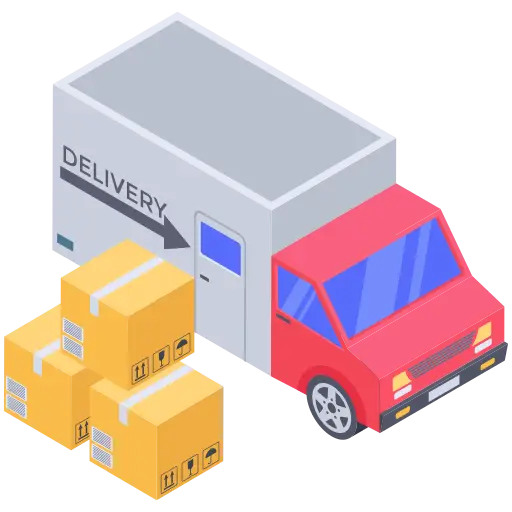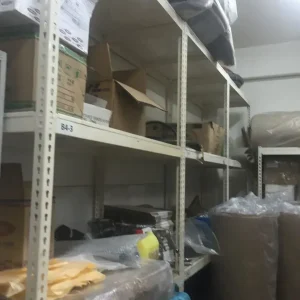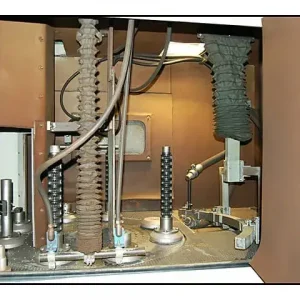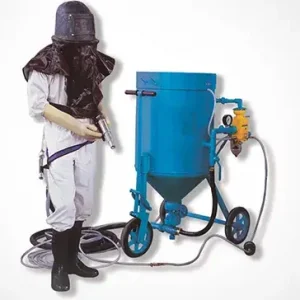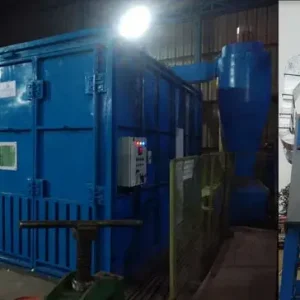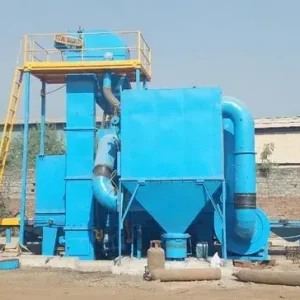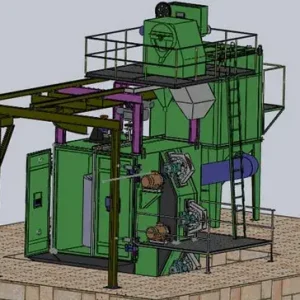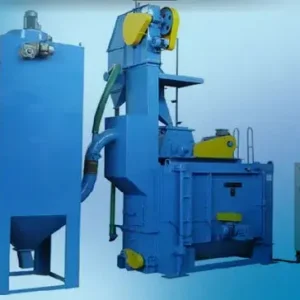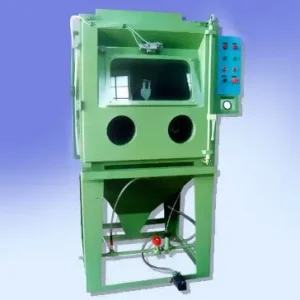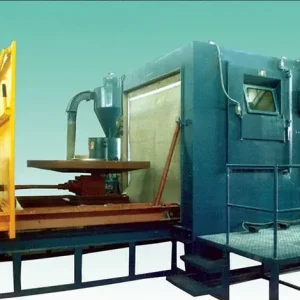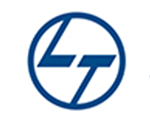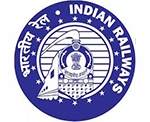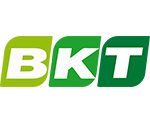Surface preparation is a critical step in industries like automotive, construction, shipbuilding, aerospace, and metal fabrication. Two of the most widely used techniques are shot blasting and grit blasting. While both processes aim to clean, strengthen, and prepare metal surfaces, they differ in methods, media, and applications.
Here’s a complete breakdown of the difference between the two:
1. Blasting Media
- Shot Blasting
Uses small steel balls or spherical shots. The rounded shape provides a peening effect, which strengthens the metal surface and improves fatigue life. - Grit Blasting
Uses sharp-edged abrasives like aluminum oxide, garnet, steel grit, or silica sand. The angular particles cut into the surface, making it rough and ideal for coating or painting.
2. Purpose & Finish
- Shot Blasting
Best for strengthening metal components and providing a smooth, polished finish. Commonly used in automotive, aerospace, and heavy machinery. - Grit Blasting
Ideal for surface cleaning, rust removal, and coating preparation. It leaves a rougher texture, perfect for strong paint adhesion.
3. Process & Equipment
- Shot Blasting
Typically done in enclosed machines with high-speed blast wheels. It’s a more controlled and automated process. - Grit Blasting
Usually carried out in open or cabinet blasting setups using compressed air to propel abrasives. It allows flexibility for different materials and surface types.
4. Material Impact
- Shot Blasting
Gentle compared to grit blasting, as it compresses the surface without cutting deeply. It increases durability and resistance to fatigue. - Grit Blasting
More aggressive and cutting in nature. It’s suitable for removing thick rust, scale, and old coatings.
5. Applications
- Shot Blasting
- Automotive engine parts
- Gears, springs, and forgings
- Steel structures for stress relief
- Grit Blasting
- Ship hull cleaning
- Construction steel preparation
- Removing paint, rust, and scale from machinery
Quick Comparison Table
| Feature | Shot Blasting | Grit Blasting |
|---|---|---|
| Media Used | Steel shots (spherical) | Angular abrasives (grit, garnet, etc.) |
| Surface Finish | Smooth, polished, strengthened | Rough, textured, ideal for coating |
| Process | Enclosed machine, automated | Compressed air, open/cabinet system |
| Effect on Metal | Peening effect, improves fatigue life | Cutting action, removes heavy rust |
| Best For | Strengthening & polishing | Cleaning & surface preparation |
Conclusion
Both shot blasting and grit blasting are essential in modern industries, but their applications differ.
- Choose shot blasting when you need a smooth, strong, and polished surface.
- Choose grit blasting when you need a rough surface for coatings, or heavy rust removal.
The right method depends on your industry requirements, type of material, and desired surface finish.
Tips for choosing Abrasive Blasting Media
Applications of Sand Blasting in Heritage Building Restoration

